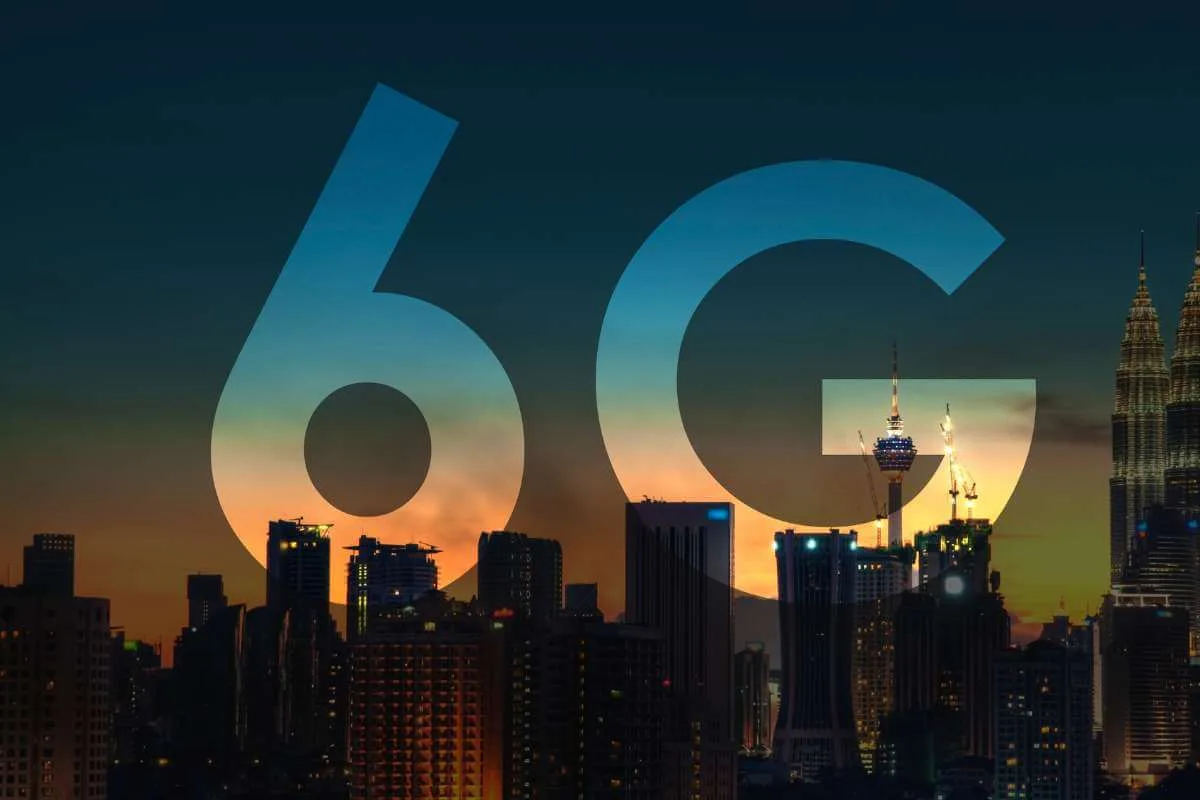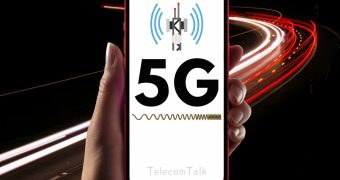
India is set to surpass Japan and Germany to become the world's third-largest economy by 2027. The digital highway in India is the most advanced following the 5G rollout in 22 months, among the fastest in the world, covering 99 percent of the country's districts and 82 percent of the population, Communications Minister Jyotiraditya Scindia said, according to an ET report.
Also Read: India Set to Become a Global Leader in 6G, Says Ericsson India Executive: Report
Vision for 6G in India
And with 6G technology, "we are looking to ensure 100 Mbps data speeds per customer. We are today at 20 Mbps. So, we are looking at a jump of five. We were at 1.5 Mbps 10 years ago." He reportedly made these remarks during a fireside chat at the Global Business Summit.
He also noted that India is on its way to become a USD 5 trillion economy by 2028, and exceed USD 6 trillion by 2030.
Also Read: Fastest 5G Rollout Globally Highlights India’s Technological Prowess in Telecom: Economic Survey
Access to Capital in India
Compared to the 1970s and 1980s, when access to capital was the primary growth challenge, capital today has become a commodity, the minister noted, according to the report. "It's new ideas and entrepreneurial capability that is powering individuals, powering companies, and powering nations, and we happen to have a huge amount of power there and potential there," he added.
Unicorns in India
India has achieved monumental changes in the past 10 years. From no unicorns a decade ago to 118 now among 140,000 startups, aided by a Rs 10,000 crore fund of funds that can be leveraged 8-10 times by the startup ecosystem, India is on its way to transforming into an advanced economy, the minister reportedly said.
Also Read: India to Promote Cheap Data Rates, 5G Expansion to Attract Global Investments: Report
Airport Infrastructure
"The fact is that over 10 years ago, you had 74 airports; today you have close to 160 airports. You had 90,000 kilometres of national highways 10 years ago; today you have close to 150,000 kilometres of national highways. The monumental change that this country has seen today, the execution capability in India is way beyond any advanced economy in the world," Scindia reportedly said.
Largest Mobile and Telecom Market
Scindia highlighted that India is the world's second-largest mobile phone market and the third-largest telecom market. And the digital highway in India, the most advanced in the world, is transforming the country, making opportunities ubiquitous, and creating a level playing field, ensuring equity and inclusivity, he said, according to the report.
Digital Transactions
"Because of that, today you have 46 percent of the world's digital transactions happening in India - about Rs 170 lakh crore...being exchanged digitally in India through 150 lakh crore transactions," Scindia was quoted as saying in the report.
Also Read: India’s Digital Economy to Outpace Agriculture, Manufacturing by 2030: Govt Report
Vision for Product Nation
"But what the Prime Minister thought is that while we create the digital highway, I don't want India to be only a service nation. India must translate into a product nation. And so it was a difficult decision that he took," Scindia said, referring to how BSNL is now using an indigenously developed stack to power its 4G services.
Also Read: Bharat Offers One of the Cheapest Mobile Data Rates Globally: DoT
Indigenously Developed 4G stack
"You had the most unthinkable group working together. You had C-DoT, a government company working along with Tejas Networks, a private sector company. C-DOT developed the core, while Tejas developed the radio access network. And then you had a systems integrator, which is also an Indian company - TCS, making a complete consortium working this out," Scindia explained, according to the report.
In 18 months, India developed its own 4G stack, becoming the fifth country in the world to achieve this milestone.















